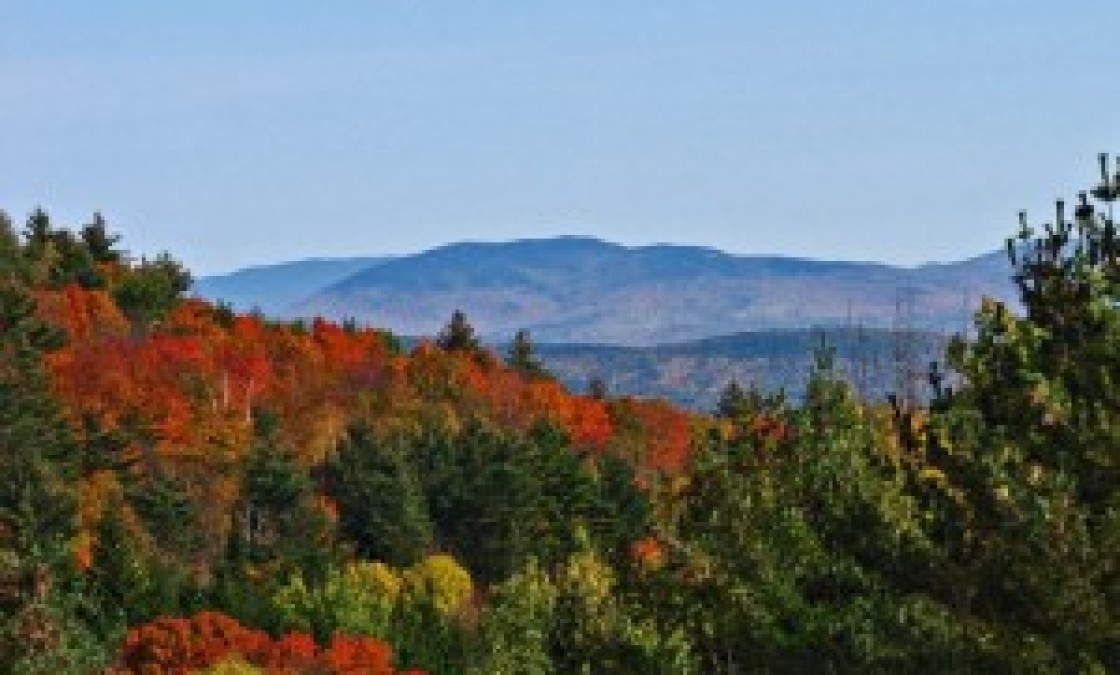Jere Daniell is a legend in the Upper Valley as an unbeliveable resource regarding many things- he is encyclopedic in his knowledge of Colonial America. Pip enjoyed a lunch with Jere yesterday and got schooled! Part of our interest was in the Navigation Acts.Yes, 60 of them designed to tax Americans for their intra colonial trade in goods and services.
The Navigation Acts- 1650-1696
The Navigation Acts were passed by the English Parliament in the seventeenth century. The Acts were originally aimed at excluding the Dutch from the profits made by English trade. The mercantilist theory behind the Navigation Acts assumed that world trade was fixed and the colonies existed for the parent country. http://thenagain.info/webchron/usa/navigation.html
Back to The Colonial Era Chronology
 The Navigation Acts of 1660 and 1696 restricted American trade in the following ways;
The Navigation Acts of 1660 and 1696 restricted American trade in the following ways;
1. Only British ships could transport imported and exported goods from the colonies.
2. The only people who were allowed to trade with the colonies had to be British citizens.
3. Commodities such as sugar, tobacco, and cotton wool which were produced in the colonies could be exported only to British ports.
But also part of our shared interest was in the Culpepper Rebellion of 1677 in North Carolina. An early hero of the American Revolution….
Culpeper’s Rebellion (1677-79), was an early popular uprising against proprietary rule in the Albemarle section of northern Carolina, caused by the efforts of the proprietary government to enforce the British Navigation Acts. These trade laws denied the colonists a free market outside England and placed heavy duties on commodities.The colonists’ resentment found an object in the deputy governor, Thomas Miller, who was also customs collector. Led by John Culpeper and George Durant, the rebels imprisoned Miller and other officials, convened a legislature of their own, chose Culpeper governor, and for two years capably exercised all powers and duties of government. Culpeper was finally removed by the proprietors and tried for treason and embezzlement but was never punished.
Books About New Hampshire
| Table of Contents Title Index |
 The New Hampshire State Library first published Books About New Hampshire in 1946. Updated editions were published in 1955, 1962, 1965 and 1969. In 1979 the New Hampshire Department of Education published New Hampshireiana: Books of New Hampshire 1969-1979. This brochure continued the work begun by the State Library in 1946. Entries in New Hampshireiana were obtained from the “New Hampshire Books” column in each issue of Granite State Libraries. This column, by Eleanor O’Donnell of the State Library, showcases new books about New Hampshire or by New Hampshire authors. The column is still being published in Granite State Libraries.
The New Hampshire State Library first published Books About New Hampshire in 1946. Updated editions were published in 1955, 1962, 1965 and 1969. In 1979 the New Hampshire Department of Education published New Hampshireiana: Books of New Hampshire 1969-1979. This brochure continued the work begun by the State Library in 1946. Entries in New Hampshireiana were obtained from the “New Hampshire Books” column in each issue of Granite State Libraries. This column, by Eleanor O’Donnell of the State Library, showcases new books about New Hampshire or by New Hampshire authors. The column is still being published in Granite State Libraries.
This publication incorporates most of the information in the earlier Books About New Hampshire and New Hampshireiana plus the “New Hampshire Books” column through mid 1999. In editing and organizing the material, I have purposely excluded certain types of books. Listed below are the types of books generally NOT included in this bibliography:
| General histories of New Hampshire Town histories Genealogies Travel guides |
Regimental histories Books about New England Local cookbooks Government documents |
Do not consider this guide to be a comprehensive bibliography of all books about New Hampshire. However, it should be helpful to people interested in New Hampshire literature.
Books About New Hampshire
Compiled by Donna V. Gilbreth
Revised & Enlarged
1999
New Hampshire State Library
20 Park Street
Concord, NH 03301
November 2000
